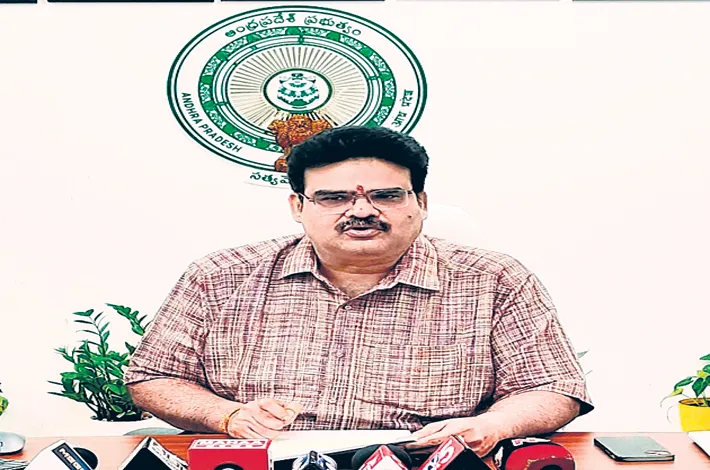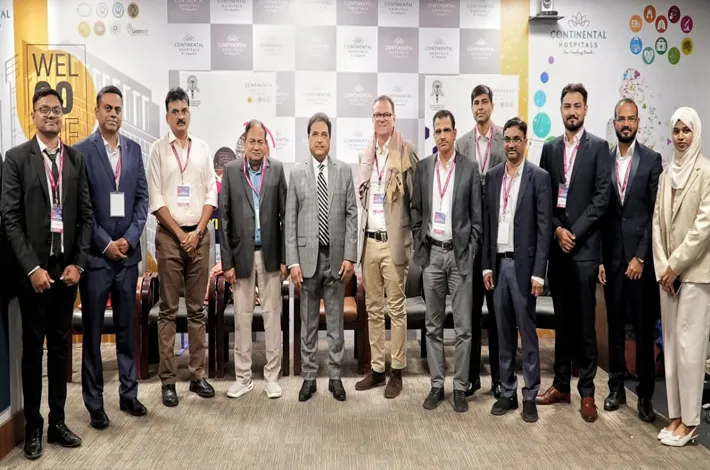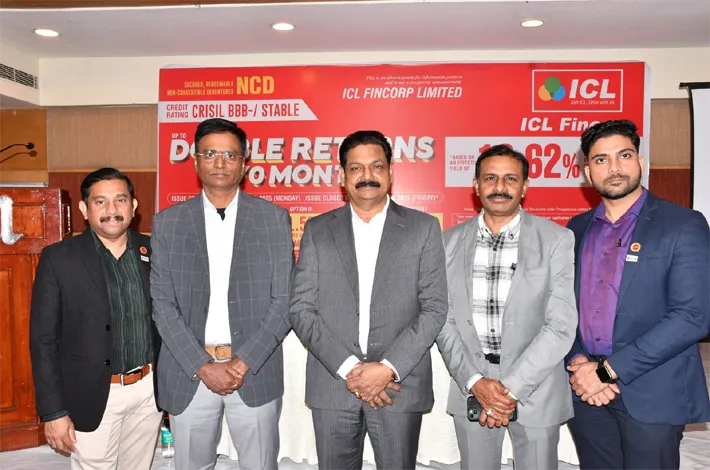India’s fight against poverty making global mark, says Lanka Dinakar
08-07-2025 12:00:00 AM

Metro India News | AMARAVATI
Chairman of the Twenty Point Programme Implementation Committee, Lanka Dinakar, asserted that India’s fight against poverty has made remarkable progress under the leadership of Prime Minister Narendra Modi, bringing over 20 crore people out of extreme poverty in the past decade. Addressing a press conference at the Andhra Pradesh Secretariat in Velagapudi on Monday, Dinakar attributed this achievement to the sustained reforms and welfare-driven governance by the Central Government since 2014.
“While the extreme poverty rate in India stood at 16.20% in 2011-12, it has now plummeted to just 2.30% by 2022-23,” Dinakar stated, citing data from international financial institutions. He noted that India’s average income gap has also narrowed significantly, standing at 25.50%, the fourth lowest in the world, compared to 41.80% in the United States, 35.70% in China, and 32.40% in Australia.
Dinakar credited the success to effective policy execution and massive direct benefit transfers. “The government has transferred Rs 45 lakh crore directly to the accounts of the poor over the last 11 years through 55 crore Jan Dhan accounts, ensuring zero leakage,” he said.
Highlighting the role of Aspirational Districts, Dinakar stressed the importance of inclusive development through the convergence of central and state schemes, backed by Corporate Social Responsibility (CSR) funding. Andhra Pradesh has three such districts—ASR District, Manyam Parvathipuram, and YSR Kadapa—and 15 blocks (mandals) included in NITI Aayog’s national list of 500 most underdeveloped blocks.
Dinakar announced that a comprehensive review of Aspirational Districts and Blocks will be undertaken soon. “We will assess the ground-level implementation of schemes and monitor performance across key indicators using a real-time dashboard tracking 49 metrics across sectors such as health, education, infrastructure, agriculture, and self-reliance,” he explained.
Key indicators include maternal and child health, institutional deliveries, child nutrition (stunting and wasting), school drop-out rates, pupil-teacher ratios, electrification, toilet availability, access to drinking water, PMGSY road connectivity, and digital and financial inclusion. Dinakar also pointed out the urgent need to include Satya Sai and Prakasam districts in the Aspirational Districts program, given their development challenges.








